Optical construction utilizes 21 elements, including one SLD and three FLD elements, as well as Sigma’s Super Multi-Layer Coating to help reduce ghosting and flare, all in a fairly large 171mm long barrel that weighs nearly 1.5kg. Autofocus is powered by Sigma’s HSM motor for quick and quiet performance, and the Sigma 50-100mm f/1.8 A offers full-time manual focus override.
The long lens barrel provides plenty of room for large focus and zoom rings, and its internal focusing and zoom systems ensure that the lens remains the same length during operation. A rotating tripod collar provides convenient use with tripods and monopods, and the Sigma 50-100mm f/1.8 A is compatible with Sigma’s USB dock for updating the lens’s firmware and fine-tuning settings (such as the focus position). In this review we round up the verified scores for the EF-S Canon-mount version.
Specification
- Canon EF-S mount
- 80-160mm equivalent focal length
- Constant f/1.8 maximum aperture
- One SLD and three FLD elements
- Super Multi-Layer Coating
- Hyper Sonic Motor autofocus
- Internal zoom and focus with MF override
- Rounded 9-blade polycarbonate diaphragm
- Fixed and rotating tripod collar
Highlights
- Constant f/1.8 maximum aperture
- Excellent sharpness — best in class
- Excellent low-light performance — best in class
- Tripod collar
- Manual focus override
Potential drawbacks
- No optical image stabilizer
- Big and heavy
Overall image quality
Achieving an overall score of 27 points, the Sigma 50-100mm f/1.8 A is one of the best-performing zoom lenses we’ve tested on the EOS 7D Mark II, thanks to its constant f/1.8 maximum aperture, and its bright 2 TStop light transmission that ensures great low-light results.
Scoring 14 P-MPix, it’s also the sharpest zoom lens we’ve tested for the Canon APS-C mount, including both APS-C and full-frame EF-mount Canon L-series lenses.
At f/1.8, it records excellent uniform sharpness of around 70% acutance in the field at 50mm, as well as in a large central area of the frame at 70mm, with slightly softer edges at this focal length. At 100mm, f/1.8 resolution drops a little down to around 65% acutance, but that’s still very good, and sharpness remains uniform into the corners. The Sigma 50-100mm f/1.8 A achieves peak sharpness of just over 70% acutance using apertures between f/2.8 to f/5.6 at all focal lengths, with slightly lower overall resolution using the narrower aperture settings between f/8 and f/16.
The lens handles chromatic aberrations very well, with little evidence of fringing at any settings; and although some vignetting occurs using the maximum f/1.8 aperture, it’s not overly problematic (just –1.3EV), and corner shading is eradicated by closing down a stop to f/2.8.
Some geometric distortion ranging from 0.4% barrel curvature at 50mm through to –0.4% pincushioning at 100mm is evident, but it’s not significant and lines look reasonably straight.
Image quality compared
Head-to-head against both iterations of the now-discontinued Sigma 50-150mm f/2.8, the bright f/1.8 maximum aperture and improved light transmission on the Sigma 50-100mm f/1.8 A ensures a notably improved overall score. Although no longer available as new, you can still pick up a refurbished Sigma 50-150mm f/2.8 from B&H for $659, a significant saving on the new lens, and the newer 2011 Sigma 50-150mm f/2.8 model benefits from Sigma’s OS image stabilization system (a useful feature on a lens of this type). Sharpness on the 2011 Sigma 50-150mm f/2.8 is very comparable to that of the Sigma 50-100mm f/1.8 A as well, scoring 13 P-Mpix compared to 14 P-Mpix.
That said, comparing resolutions at f/2.8, the newer Art series zoom outperforms its predecessor at both 50mm and 70mm, with sharper and more uniform resolution, although both lenses are similar at 100mm f/2.8. Peak sharpness approaching 80% acutance in the field at 100mm f/4 is slightly stronger on the Sigma 50-150mm f/2.8 OS lens, compared to the Sigma 50-100mm f/1.8 A at the same setting, but Sigma’s Art zoom is a little more consistent into the corners, thanks to its shorter focal range.
Both these Sigma telephoto zooms offer a notable step up in resolution compared to the original 2006 Sigma 50-150mm f/2.8 without image stabilization, however, which struggles to achieve uniform resolution at any setting, particularly at its maximum f/2.8 aperture.
Despite a lower headline vignetting score for the Sigma 50-100mm f/1.8 A, this is recorded at the maximum f/1.8 aperture, and the newer Sigma telephoto actually displays less corner shading at f/2.8 compared to the 50-150mm, although it’s not a significant issue on either lens.
Both lenses handled chromatic aberrations well, which aren’t a concern at any setting; and despite slightly different geometric distortion profiles, with the older 50-150mm barrelling for a little longer up to around 85mm, the 2011 Sigma 50-150mm f/2.8 produces less pincushion distortion at 100mm compared to the Sigma 50-100mm f/1.8 A.
Conclusion
Sigma’s innovation in producing a telephoto zoom lens with a constant f/1.8 maximum aperture opens up some new shooting possibilities for low-light telephoto APS-C photography. Although necessarily large and heavy to facilitate the bright maximum aperture, and perhaps a bit bulky for everyday general use, used on large APS-C DSLRs such as the EOS 7D Mark II, the Sigma 50-100mm f/1.8 A shouldn’t feel unbalanced.
A versatile telephoto lens choice for shooting a variety of subjects including sports, events, and portraits, the Sigma 50-100mm f/1.8 A’s great light transmission makes it the best-performing zoom lens for the Canon APS-C that we’ve tested. Sharpness is very good, too, with excellent results at f/1.8, although it’s not a massive improvement over the Sigma 50-150mm f/2.8 at f/2.8 (and indeed, the older Sigma APS-C telephoto is marginally better at the narrower f/4 and f/5.6 apertures).
With very good lens metrics for distortion, vignetting, and chromatic aberration as well, however, the new Sigma 50-100mm f/1.8 A stacks up as a high-performing all-round telephoto zoom that’s worthy of the high price tag for Canon APS-C shooters.
Also consider
For greater insight into the performance of alternatives to the Sigma 50-100mm f/1.8 A, please see our EOS 750/760D and EOS 7D Mark II best lenses reviews,
as well as our in-depth Sigma DC 50-150mm f/2.8 and Sigma 24-105mm f/4 lens reviews.


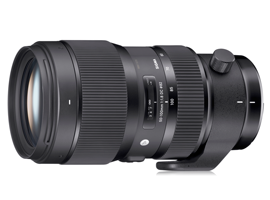


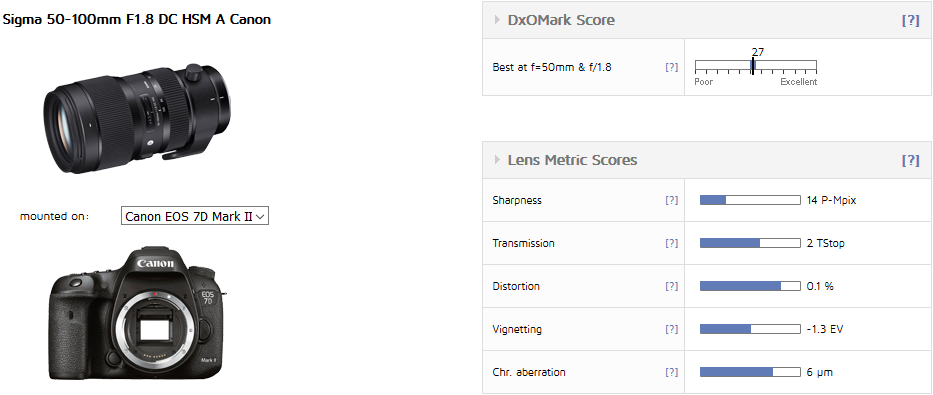
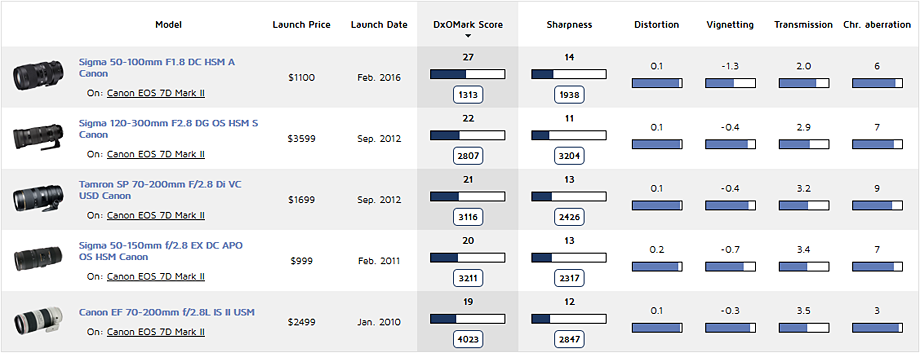
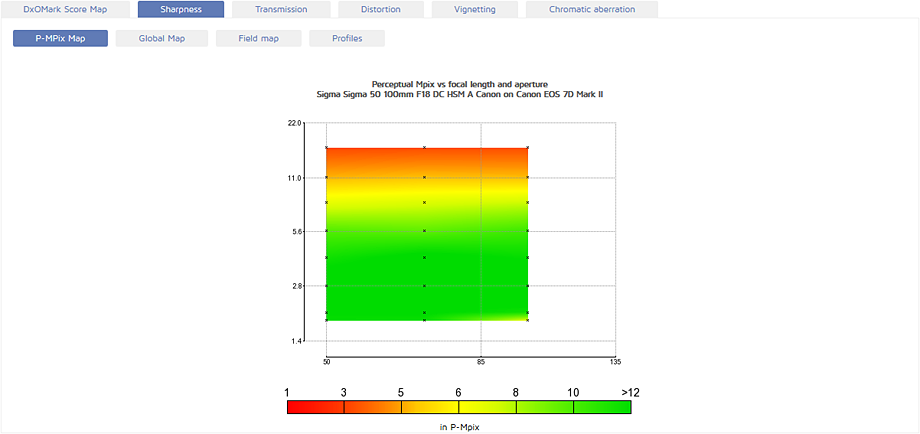

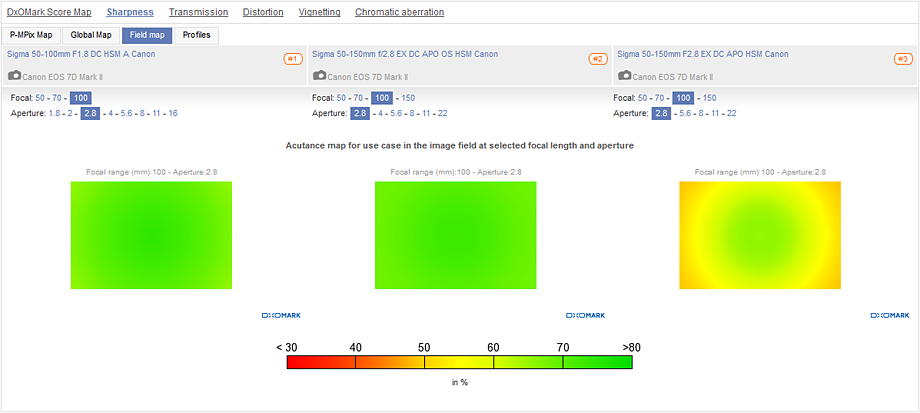

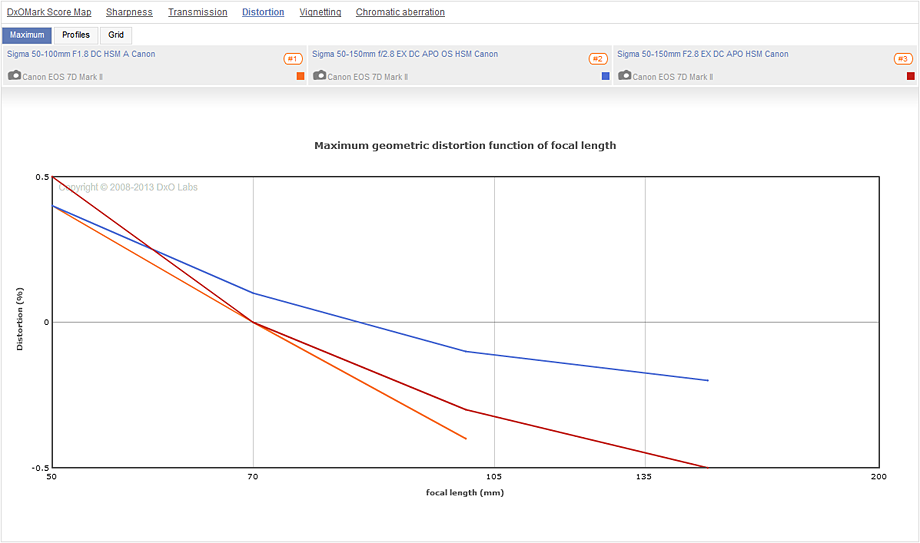

DXOMARK encourages its readers to share comments on the articles. To read or post comments, Disqus cookies are required. Change your Cookies Preferences and read more about our Comment Policy.